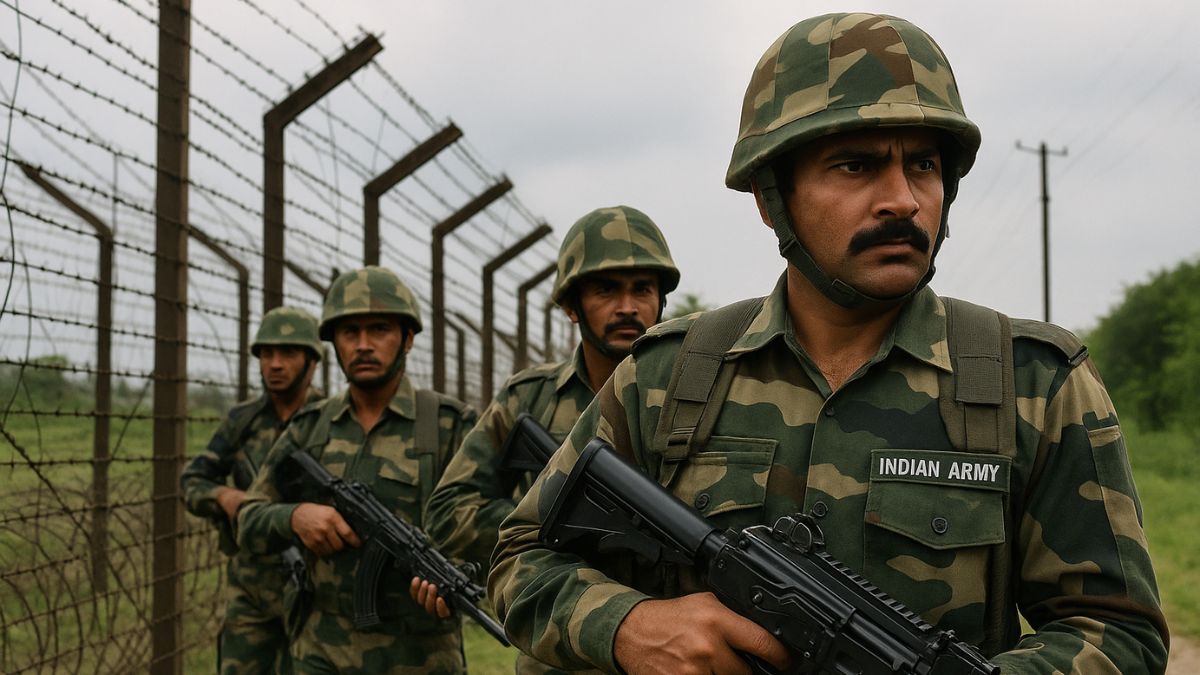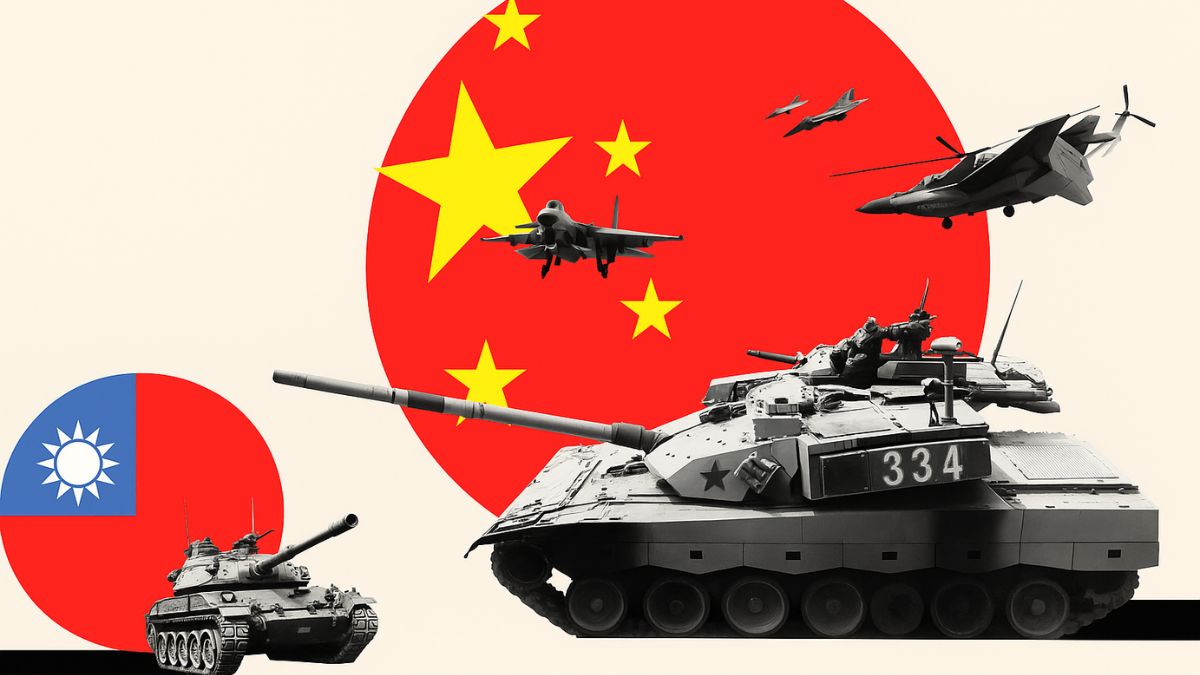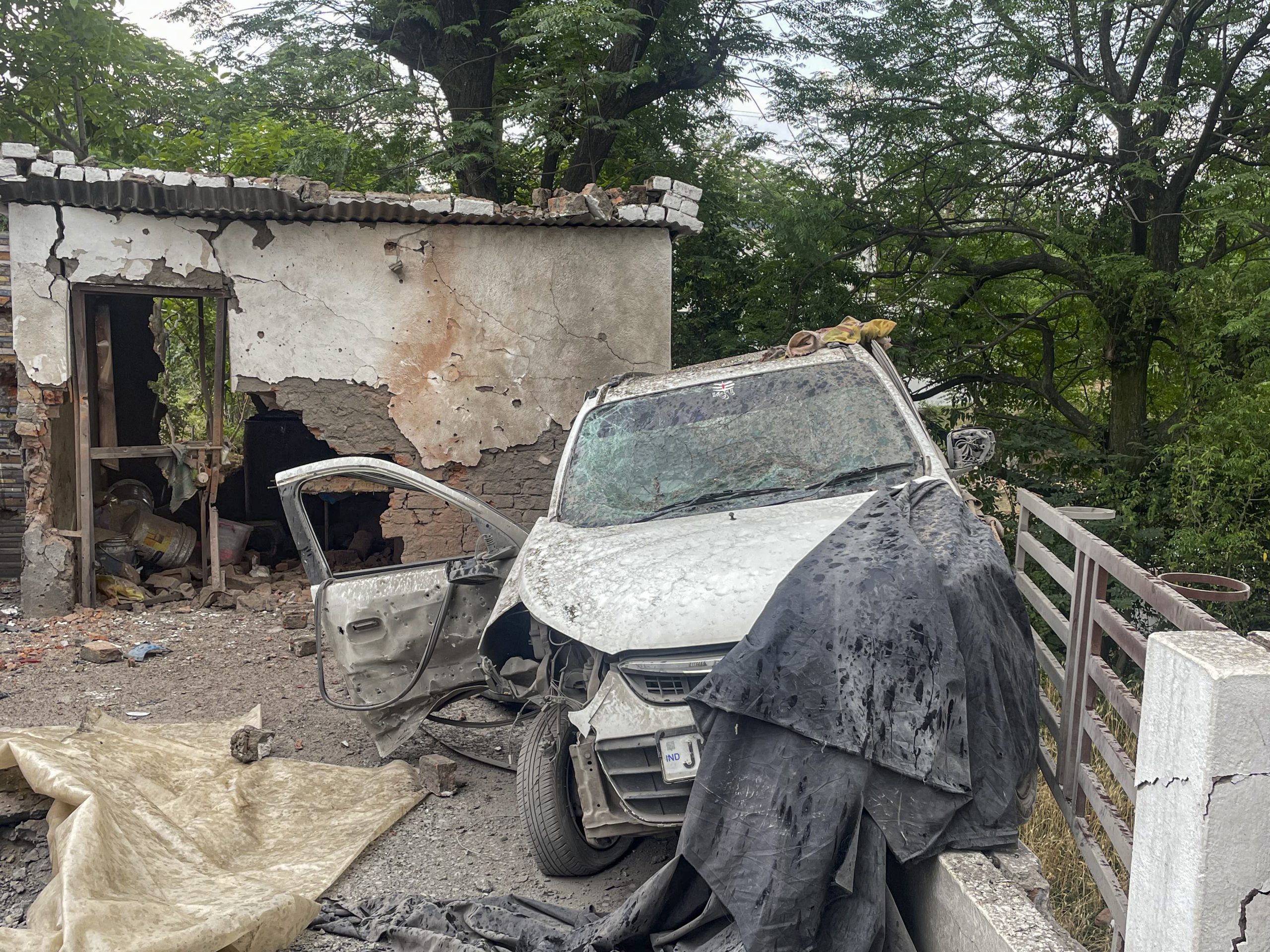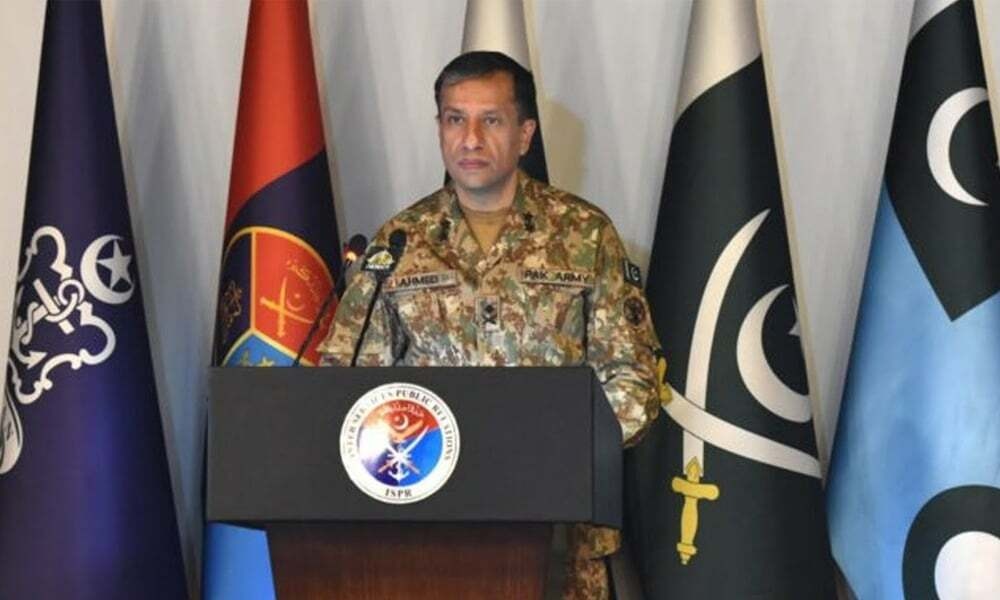Bhairav Battalion: First Lot Of Commandos To Join Army By October; Plug Tactical Gaps Along Borders

Three of the initial battalions are coming up under the Northern Command, the Army’s most critical operational command (Image courtesy: AI pic)
Around a month after Indian Army chief General Upendra Dwivedi announced the new “all-arms brigades” named ‘Rudra’ and a special forces unit ‘Bhairav Light Commando Battalion’, it has emerged that the army is preparing the Bhairav battalion for its inclusion very soon.
In a significant restructuring of its frontline capabilities, the Indian Army has begun raising the first batch of ‘Bhairav’ light commando battalions, lean, highly mobile units designed to carry out swift, high-impact operations along the country’s borders with Pakistan and China.
Five such battalions, each with about 250 specially trained soldiers, are expected to be operational by the end of October, though the timeline could slip slightly. The army plans to raise 23 “agile and lethal” battalions. “These units are meant to be agile and lethal, bridging the gap between regular infantry and Para-Special Forces,” a senior Army officer told Times of India.
Where will the first units be raised?
Three of the initial battalions are coming up under the Northern Command, the Army’s most critical operational command that oversees counter-terrorism operations in Jammu and Kashmir and guards the Line of Control and the LAC. Specifically, one battalion each will be positioned with the 14 Corps in Leh, the 15 Corps in Srinagar, and the 16 Corps in Nagrota.
The other two will take positions in the desert terrain of the western sector and the hilly terrain of the eastern sector, reflecting the Army’s intent to prepare the force for diverse combat environments.
Why ‘Bhairav’ and why now?
India’s 11.5-lakh strong Army currently relies on 415 infantry battalions and a much smaller number of highly specialised Para-Special Forces (10 battalions) and Para (Airborne) units (five battalions). The Para-SF, with around 620 personnel in each battalion, are trained for clandestine missions behind enemy lines and equipped with an array of specialised weapons and gear.
However, over the years, these elite troops have often been tasked with operations that are tactical rather than strategic—such as raids, ambushes, and rapid-response missions—leaving them overstretched.
The Bhairav battalions, each commanded by seven to eight officers, are intended to take over such tactical roles, freeing Special Forces for critical, high-risk missions. “Smaller, nimble, and equipped with drones, advanced weapons, and surveillance gear, these battalions will bring speed and flexibility to ground operations,” an official explained.
How will they be trained?
The soldiers for these battalions are being drawn from existing infantry under a “save and raise” model, avoiding the need for additional manpower. Training will follow a layered approach – two to three months at regimental centres followed by attachment to Special Forces units in their respective theatres for another month of advanced training.
This dual exposure is meant to sharpen their skills in mobility, precision strikes, and the use of technology such as loitering munitions and drones.
Bhairav battalions: A larger reorientation of warfighting?
The Bhairav initiative is part of a broader doctrinal and organisational shift announced by Army Chief Gen Dwivedi in July. Alongside these commando units, the Army is also raising ‘Rudra’ all-arms brigades, ‘Shaktibaan’ artillery regiments, and special ‘Divyastra’ surveillance and loitering munitions batteries. Moreover, every infantry battalion will now have its own dedicated drone platoon.
With the induction of Bhairav battalions, the Army hopes to carve out a flexible force tier that can complement both infantry and Special Forces, ensuring that the latter remain reserved for their most critical and high-risk missions.







